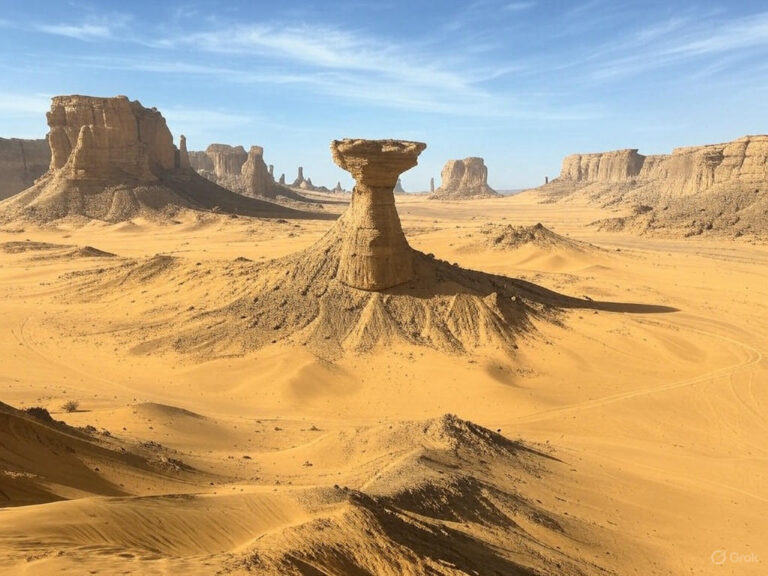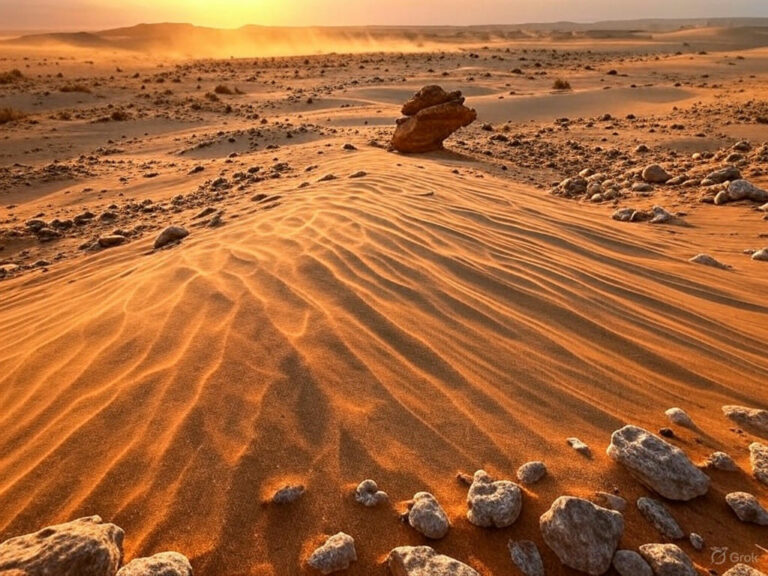Depositional Landforms in Karst Topography
Imagine stepping into a vast limestone cave, where the ceiling glistens with icicle-like formations, and the floor rises with mineral columns. These intricate structures are the result of nature’s patient craftsmanship, formed over thousands of years by the slow deposition of dissolved minerals carried by water.
Speleothems
All the mineral deposits found inside caverns are collectively called speleothems. The key ingredient in their formation is calcite (CaCO₃), a rock-forming mineral that precipitates from water dripping through limestone caves.
- Travertines: These are banded deposits of calcite, often found in layers, giving them a striped appearance.
- Tufa (or Calc Tufa): A softer form of calcareous deposit that forms at cave mouths, often creating delicate, porous structures.

Dripstones
When water rich in dissolved calcite drips inside a cave and evaporates, it leaves behind tiny mineral deposits. Over time, these deposits build up into impressive formations known as dripstones.
- Stalactites: These are hanging formations that grow downward from the cave ceiling, resembling icicles. They form as water seeps through the rock, depositing calcite with each drop.
- Remember: Stalactites (hanging from the ceiling) → “C” for Ceiling
- Stalagmites: These are rising columns that grow upward from the cave floor, formed when the dripping water lands and deposits calcite over time.
- Remember: Stalagmites (rising from the ground) → “G” for Ground
- Cave Pillars: When a stalactite and stalagmite meet, they form a single continuous column called a cave pillar, creating a natural support structure inside the cavern.

So, we can conclude that caves are not just empty voids; they are underground galleries where water, time, and minerals come together to create breathtaking formations. From the delicate stalactites above to the sturdy stalagmites below, every deposit tells a story of nature’s slow but persistent artistry, sculpting a hidden world beneath our feet.






